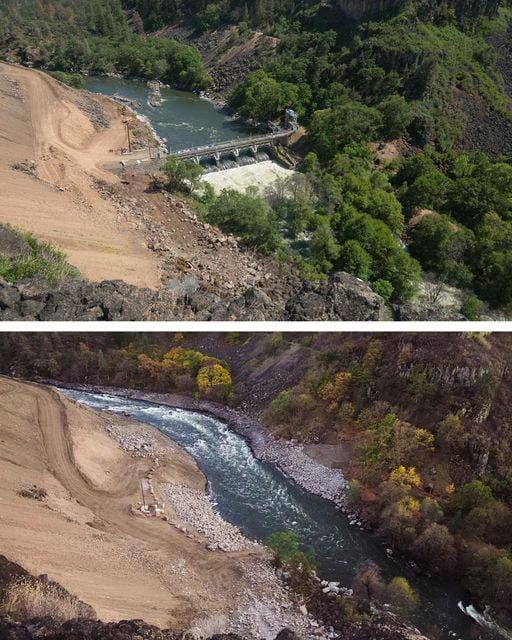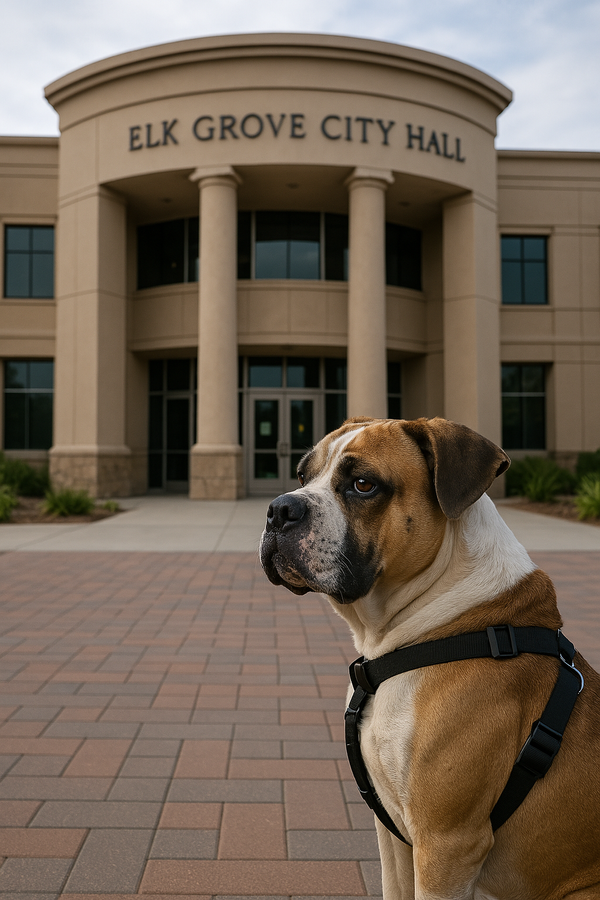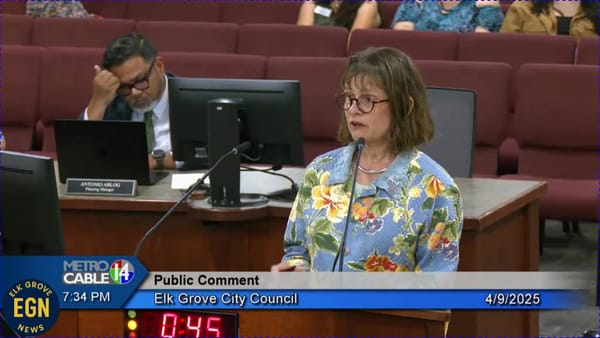Work on Copco No. 2 Dam Removal Completed on the Klamath River

Hornbrook, CA – As a journalist who has been covering the movement by the Klamath River Tribes, fishermen and conservationists to remove the dams on the Klamath River for over 20 years, it is very gratifying to see the progress made on the removal of the four PacifiCorp dams this year.
In a major step in the dam removal process, the Klamath River Renewal Corporation reported that crews have “put the final touches” on the removal of the Copco No. 2 Dam and its diversion infrastructure on the Klamath River this week.
This historic dam removal, when completed, will open the river above the dams to hundreds of miles of habitat for fall-run Chinook salmon, spring-run Chinook salmon, coho salmon, steelhead and Pacific lamprey. It is the largest and most significant dam removal project in U.S. history.
“Removal of the dam structure was completed in September, and crews spent the last month removing the remaining diversion infrastructure, grading the river channel, and performing erosion control,” according to the KRRC in a statement. “This work prepares the river canyon for consistent river flows, likely commencing within 30 days, which the canyon hasn’t seen in 98 years. Currently, flows in the canyon are fluctuating due to work being done to prepare Copco No. 1 for drawdown.”
“Copco No 2 is the first dam to be removed due to its small stature, location, and lack of reservoir,” said Mark Bransom, CEO of the Klamath River Renewal Corporation (KRRC), the entity tasked with the safe and efficient removal of the four lower Klamath hydroelectric dams. “However, while Copco No. 2 was significantly smaller than the other dams slated for removal, it still had a significant impact on the river.”
“Copco No. 2 was located right below Copco No. 1 in a steep river canyon, commonly known as Ward’s Canyon, named after Kitty Ward, a Shasta Woman who lived in the valley now submerged by the reservoir created by Copco No 1,” noted Bransom.
Completed in 1925, Copco No. 2 was a diversion dam that funneled the river’s flows out of the canyon and into a tunnel system that sent the water to the Copco No. 2 powerhouse located downstream, essentially dewatering the 1.7-mile-long canyon, according to KRRC.
Without the river’s presence in the canyon, trees grew in the riverbed that, when exposed to consistent river flows, would have died off, creating a hazard for future recreationists. These trees were removed in September in collaboration with area tribes.
“Seeing the Klamath River flow through this canyon after being diverted for nearly a century is inspiring,” said Laura Hazlett, COO of KRRC. “It makes me excited for everything else that is to come with the removal of the other three dams.”
The remaining three dams, Copco No. 1, Iron Gate, and JC Boyle, are slated for removal in 2024. In January KRRC will implement drawdown, the slow draining of the reservoirs, which is expected to take 3-5 months, depending on the amount of water entering the system as a result of spring runoff, according to KRRC
“Once drawdown is complete, restoration and deconstruction activities will begin in earnest. All three dams are expected to be completely removed by November 2024, while restoration activities will continue for years to come to ensure restoration success,” KRRC concluded.
You can find the anticipated project schedule here.
When the trees were removed from the riverbed by the KRRC in collaboration with area tribes in September, leaders of the Yurok Tribe and Shasta Nation explained the significance of dam removal on the Klamath.
“It fills my heart to know that salmon will migrate through this river reach on their way to spawn in the upper basin,” said Yurok Vice Chairman Frankie Myers. “For the last century, we have watched the dams suffocate the life out of the river and it has negatively impacted every member of our tribe. I would like to thank the KRRC and the Shasta Indian Nation for the opportunity to help our salmon runs and our river recover for our children and the next generations.”
“My family is from Kikacéki,” said Shasta Indian Nation Councilman Mike Olson.” I feel at peace whenever I come up here. I know as a Shasta Indian that I’m home. I want others to understand and appreciate why this land and the river is so important for us. We are happy to collaborate with the Yurok Tribe and KRRC on this part of the project. It is good that Tribal people are working in this area.”
As one who covered the massive fish kill on the lower Klamath River on the Yurok Reservation in September 2002 and the movement by the Yurok, Hoopa Valley, Karuk and other Tribes to remove the dams and restore the once abundant runs of salmon and other fish, the dam removal couldn’t come too soon.
Recreational and commercial fishing for Chinook salmon in the ocean off California and Oregon is closed this year, due to the collapse of fall-run Chinook salmon populations on both the Klamath-Trinity River and Sacramento River watersheds in 2022. Recreational salmon fishing is completely banned on all rivers of the state and the Yurok and Hoopa Valley Tribes were allowed only a small allocation of salmon for their tribal members on the Klamath and Trinity rivers.
The decision by the Bush administration to divert water to farmers in the Klamath Basin in 2002, in spite of legal challenges by the Yurok and Hoopa Valley tribes, environmentalists and fishing groups, resulted in a massive, unprecedented die-off of a large portion of the fall chinook salmon run on the Klamath River. Over 38,000 salmon perished in the fish kill.
The salmon died from disease, columnaris, caused by stress and warm water conditions reaching nearly 80 degrees.
“The fish kill is a lot worse than everybody thinks,” said a shaken Walt Lara, the Requa representative to the Yurok Tribal Council, in a phone interview with me on Monday, September 23, 2002. “It’s a lot larger than anything I’ve seen reported on the T.V. news or in the newspapers. The whole chinook run will be impacted, probably by 85 to 95 percent. And the fish are dying as we speak. They’re swimming around in circles. They bump up against your legs when you’re standing in the water. These are beautiful, chrome-bright fish that are dying, not fish that are already spawned out.”
At the time, Lara estimated that there were at least 82 to 100 fish in each one-tenth mile, with probably up to 1,000 dead fish per river mile. “In the lower 40 miles of river, we’re looking at 40,000 dead salmon. In comparison, the allocation for the whole tribal fishery this year was 39,000,” he explained.
Lara said he had been fishing on the river for four days and was so disgusted by what he saw that he had to put up his net and fishing rod. “The water temperature was 78 degrees and rising when I left,” he said. “The fish were dying before my eyes!”
The majority of dead fish that Lara’s saw were chinooks, but he also saw lots of steelhead and coho salmon stranded along the bank.
“Even the suckers are floating by dead,” he said. “And the stench is getting worse every day. The coming years, from 2004 to 2007, will be impacted by this run.”
While he was in Klamath Glen, Lara saw one of the tribal elders, an 82-year-old woman, with her grandson surveying the carnage. “She told me she had never seen anything like it in all her years,” stated Lara: www.dailykos.com/…
This fish kill, as witnessed by Lara and many others on the Klamath River, served to spur the successful grassroots movement by Tribal members and activists, recreational and commercial fishermen and environmentalists to remove the dams of the Klamath, as well as pushing for better water management on the Klamath, Trinity, Shasta and Scott rivers.
The Klamath River Renewal Corporation (KRRC) is a private, independent nonprofit 501(c)(3) organization formed in 2016 by 23 signatories of the amended Klamath Hydroelectric Settlement Agreement, or KHSA. KRRC is part of a cooperative effort to re-establish the natural vitality of the Klamath River so that it can support all communities in the Klamath Basin. Signatories, which include the States of California and Oregon, local governments, Tribal nations, dam owner PacifiCorp, irrigators, and several conservation and fishing groups, appointed KRRC to take ownership and oversee removal of four hydroelectric dams on the river.



